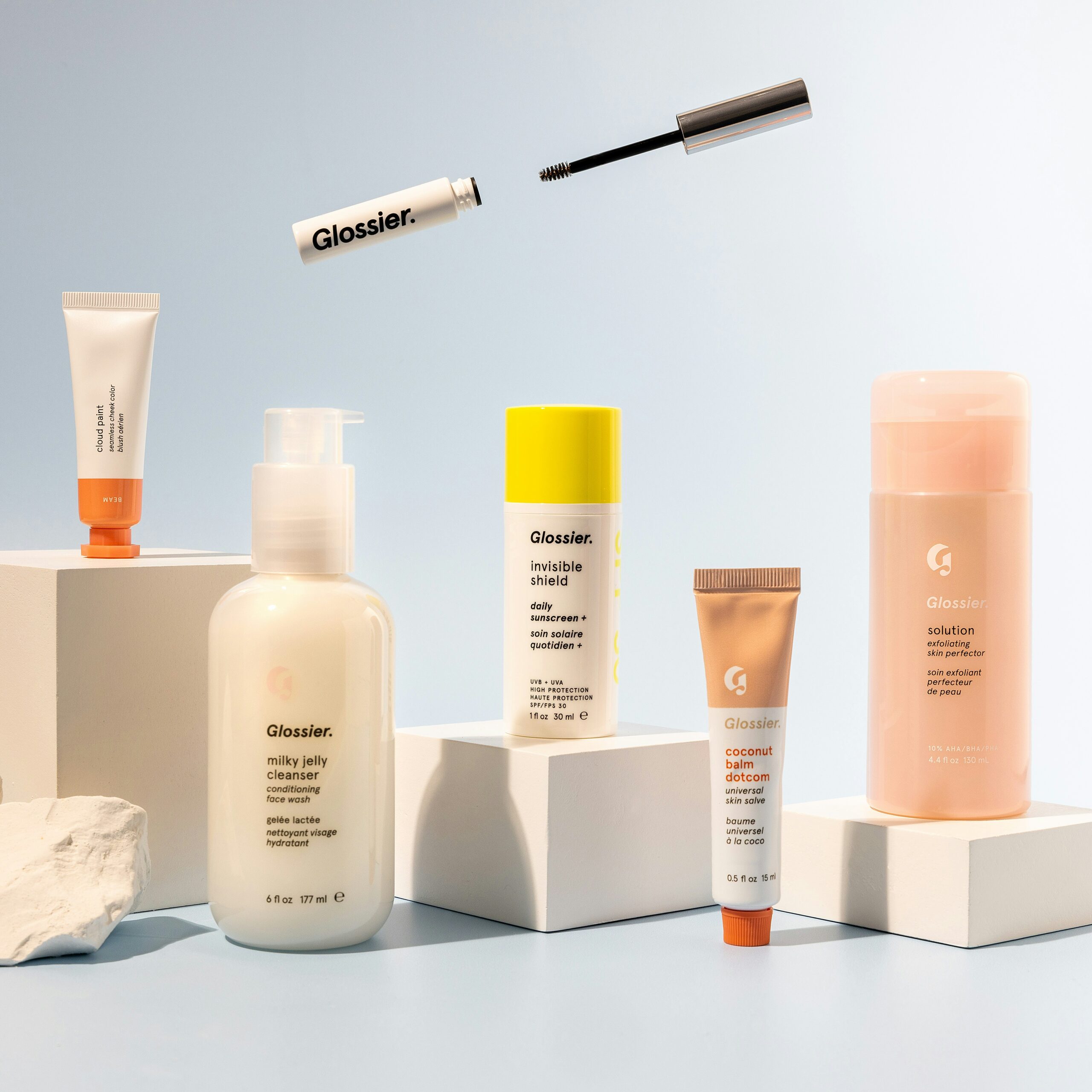Urgent Recall: Artificial Tears and Other Eye Products – What You Need to Know

Photo by Reuben Mansell on Unsplash
Overview of the Recall
In recent developments, a significant recall has been announced concerning a range of over-the-counter ophthalmic products, particularly those categorized as artificial tears. This action comes in response to alarming findings identified during a United States Food and Drug Administration (FDA) audit. The investigation revealed several manufacturing deviations that raised concerns about the safety and efficacy of these eye care products. Such issues underscore the importance of stringent quality control during the production process, as they can directly impact consumer health.
The recall was initiated by pharmaceutical distributor AvKare, which acted swiftly upon receiving the notification of potential hazards associated with its eye product lineup. AvKare has communicated with healthcare stakeholders and the public regarding the specifics of the recall, ensuring that the information reaches affected consumers promptly. The coordination with BRS Analytical Services LLC has been pivotal, as this organization played a vital role in analyzing product batches and outlining the necessary steps for managing the recall. The collaboration among these entities symbolizes a proactive approach to public health safety.
A variety of products have been affected by this recall, and it is essential for consumers utilizing these eye care solutions to be aware of the specific items involved. The list includes popular artificial tears and other related ophthalmic products known to provide relief for dry eyes. Consumers are strongly advised to refrain from using the recalled products and to seek alternatives as a precautionary measure. Additionally, anyone currently using these eye products should contact healthcare providers for guidance on next steps. Legal and health implications related to the recall are also being monitored, affirming the need for immediate consumer action to ensure safety and well-being.
Potential Risks Associated with Affected Products
The recent recall of artificial tears and other eye products has raised significant concern regarding the potential risks linked to their use. These products, manufactured under stringent quality standards, experienced deviations that have compromised their safety and effectiveness. Such unspecified quality issues can lead to various health risks, including infections, irritation, and other ocular complications. Consumers should approach any eye product recall with caution, as the implications of using these affected items may not be immediately apparent.
One of the main health hazards associated with the recalled products is the risk of contamination. When manufacturing processes are not adequately regulated, harmful pathogens may be introduced. For instance, bacterial or fungal contamination can occur, which could lead to serious conditions such as keratitis or conjunctivitis. These infections can not only cause discomfort but can also result in severe vision impairment if left untreated. Additionally, individuals who use these products may be unknowingly exacerbating underlying eye conditions, further complicating their health situation.
The alert regarding the recall should be taken seriously as many consumers may not realize the potential danger they face. In particular, individuals with pre-existing eye conditions or those with compromised immune systems may be more susceptible to the adverse effects of these contaminated eye products. It is critical that consumers remain vigilant and conduct thorough checks of their eye care supplies, discarding any products that are part of the recall or that exhibit any uncertainty regarding their safety.
In light of these concerns, it is paramount for individuals to stay informed about the status of their eye care products and to prioritize their health. The potential risks associated with using these recalled products underscore the importance of adhering to safety guidelines and listening to recall alerts issued by manufacturers and health authorities.
What Consumers Should Do Now
In light of the recent recall of artificial tears and other impacted eye products, it is crucial for consumers to take immediate action to ensure their safety. The first step involves identifying any products that may be affected by the recall. Consumers should check the packaging of their eye products for indications of the recall, including lot numbers and expiration dates. Information regarding the recalled products can usually be found on the manufacturer’s website or through official announcements, which often provide detailed lists of affected items. If unsure, reaching out to the retailer where the product was purchased can also provide clarity.
To verify whether a purchased item is included in the recall, consumers should locate the product’s specific details, such as the name, lot number, and other identifying features. This information can be cross-referenced with announcements from health authorities or the manufacturing company. Ensuring that the product is no longer in use is imperative for consumer safety.
Once recalled products have been identified, consumers should follow safe disposal methods. It is advisable to dispose of these items in accordance with local regulations, which may include returning them to a designated drop-off point or using household hazardous waste collection services. This step mitigates the risk of accidental ingestion or misuse by others, particularly children or pets.
If consumers experience any adverse effects or health concerns related to the use of the recalled products, they should seek medical advice promptly. Contacting a healthcare professional ensures that appropriate steps are taken to address any potential health issues. It is essential for consumers to remain informed and vigilant during this period of concern, prioritizing their wellbeing above all.
Preventive Measures and Future Considerations
As consumers navigate the marketplace for eye care products, it is crucial to adopt preventive measures that prioritize safety and reliability. The selection of eye care products, such as artificial tears, necessitates careful consideration to mitigate risks associated with defective or harmful formulations. To begin with, consumers should focus on purchasing products from reputable brands that are well-established in the industry. Familiarity with the brand ensures that the products adhere to safety regulations and standards.
Another essential practice is checking for certifications or seals of approval from recognized regulatory bodies such as the FDA. These endorsements indicate that the product has undergone rigorous testing and meets safety specifications. Additionally, consumers should review the ingredients list thoroughly for any potential allergens or harmful ingredients that may pose a risk to their health. Keeping a close eye on product labels can help identify any ingredients that might be associated with recent recalls.
Staying informed about recalls and product safety notices is imperative for consumers. Regularly checking the FDA website or subscribing to alerts from consumer health organizations can help buyers remain aware of any products withdrawn from the market. Involvement in community forums or social media groups focused on eye health can also provide valuable insights and shared experiences related to eye care products. By fostering an informed consumer base, individuals can collectively push for greater transparency and safety measures from manufacturers.
In essence, proactive steps must be taken by consumers, such as verifying product quality, staying updated on recalls, and supporting reputable brands, to ensure that their eye care products do not compromise their health. As awareness of potential hazards grows, so too does the responsibility of consumers to equip themselves with knowledge to make informed choices for their eye health.




